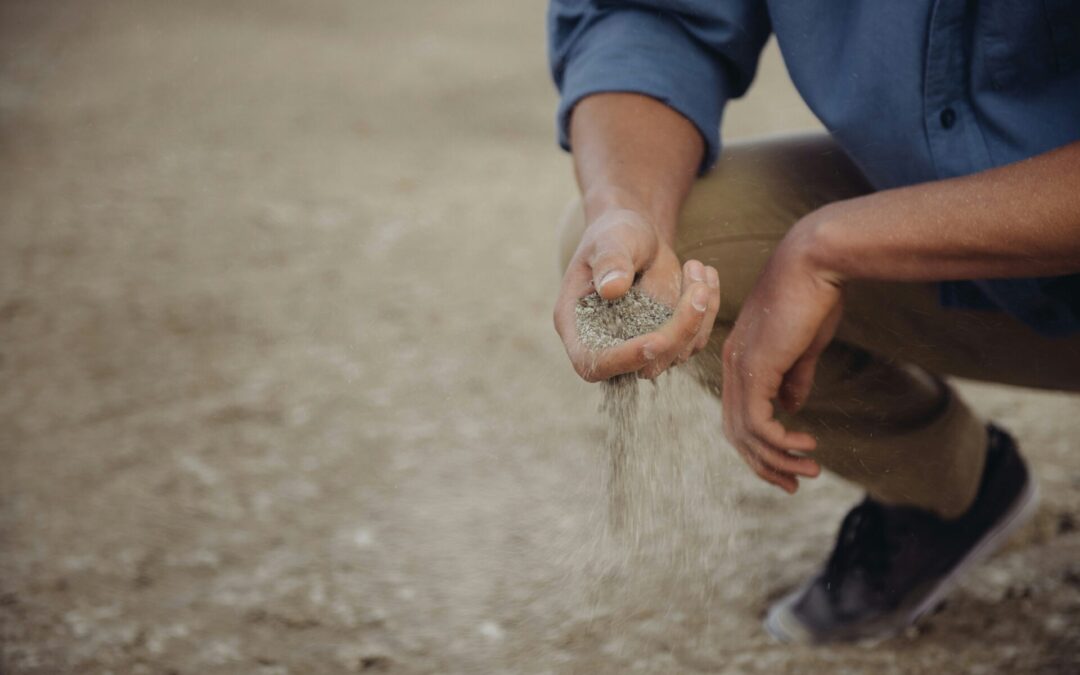In the world of mining safety, few hazards loom larger than respirable crystalline silica. Crystalline silica are tiny, airborne particles of silicon dioxide (silica) that are small enough to be inhaled into the lungs.
In this article, we’ll uncover the dangers of silica—its role in mining operations and its potential health risks for miners. We will also explore how this seemingly innocuous mineral can impact safety on the job, and outline strategies to keep miners safe and healthy.
What is Respirable Crystalline Silica?
Respirable crystalline silica is a naturally occurring mineral found abundantly in many materials mined and processed across various industries, including mining itself. Silica exists in forms such as quartz, cristobalite, and tridymite, typically found in sand, stone, and mineral ore. When these materials are handled, drilled, crushed, or disturbed during mining activities, silica particles of respirable size (small enough to inhale) are generated. These airborne particles pose a significant health risk when inhaled by miners over extended periods.
Health Risks Associated with Silica Exposure
The health hazards stemming from exposure to respirable crystalline silica are abundant.

Silicosis: This is a lung disease caused by inhaling fine silica dust, leading to inflammation and scarring of the lungs. Symptoms include coughing, shortness of breath, and chest pain. Silicosis can be progressive and is often debilitating.
Lung Cancer: Long-term exposure to silica dust is a known carcinogen. Studies have shown that workers with high levels of silica exposure are at an increased risk of developing lung cancer.
Chronic Obstructive Pulmonary Disease (COPD): Silica exposure can lead to COPD, a group of lung diseases that block airflow and make breathing difficult. Symptoms include chronic bronchitis and emphysema.
Kidney Disease: There is evidence suggesting that prolonged silica exposure can increase the risk of kidney disease, including kidney damage and kidney failure.
Autoimmune Diseases: Some research indicates that silica exposure may be linked to autoimmune diseases such as rheumatoid arthritis and systemic lupus erythematosus.
Respiratory Infections: Silica dust can weaken the respiratory system, making individuals more susceptible to infections such as pneumonia.
MSHA’s Role in Regulating Silica Exposure
Recognizing the severe health risks posed by silica exposure in mining, the Mine Safety and Health Administration (MSHA), under the Department of Labor, has implemented stringent regulations to safeguard miners. These regulations, encompassed in 30 CFR Parts 56, 57, 60, 70, 71, 72, 75, and 90, aim to reduce and control exposure to respirable crystalline silica in various mining operations. Key provisions include exposure limits, monitoring requirements, engineering controls, respiratory protection programs, and training mandates. By enforcing these standards, MSHA strives to ensure mining operations prioritize worker safety and health.
Technological Innovations and Best Practices
Fortunately, advancements in technology and best practices have significantly enhanced efforts to mitigate silica exposure in mining environments. Innovations in equipment design, such as enclosed cabs and automated systems, help minimize dust generation during drilling, crushing, and material handling processes. Engineering controls, including dust suppression systems and ventilation strategies, further aid in reducing airborne silica levels. Moreover, personal protective equipment (PPE) such as respirators and protective clothing protect miners exposed to silica dust. Lastly, training programs empower workers with necessary knowledge about silica risks and the effective use of protective measures.

Cutting Down on Respirable Crystalline Silica Exposure
How can we ensure the safety and health of miners in the face of respirable crystalline silica exposure? By adhering to MSHA regulations and implementing robust safety measures, mining operators can shield their teams from the debilitating effects of silicosis and other silica-related illnesses. As technology advances and safety practices evolve, staying vigilant and compliant becomes even more critical than ever. And together, we can cut down on silica exposure and support the health of all individuals within the mining industry.

